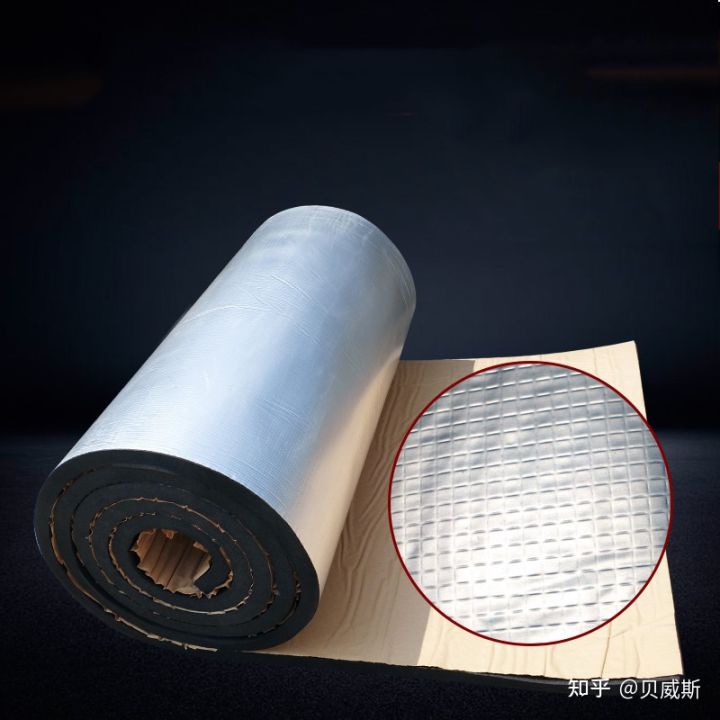Aluminum thermally conductive insulating foil material is currently the best insulation material in the world. It has excellent properties such as light weight, low thermal conductivity, good heat resistance, aging resistance, easy bonding with other substrates, and no molten droplets when burned. It is widely used in roofs, walls, ceilings, floors, etc. Doors and windows are used as thermal insulation materials. Why is aluminum foil material so widely used in various thermal insulation systems? What is the application value of aluminum foil?

This is to explain the effectiveness of thermally conductive insulating foil material from the perspective of building physics and thermal engineering. As we all know, there are three forms of heat transfer: convection, thermal conduction and radiation. Based on these three forms of heat transfer, we adopt a variety of different targeted measures in building energy efficiency. The heat will flow with the flow of the air, then strengthening the seal reduces the flow, then the convection of the heat is reduced. Therefore, the external windows and walls of our buildings must have good airtightness. Heat is transferred from one part of an object to another, and from one object to another, just like electricity. If the thermal resistance of such an object is large, then very little is transferred. Therefore, the use of thermal insulation materials with high thermal resistance on the outer wall of the building can block heat transfer.
The features of aluminum foil for insulation are:
(1) The structure is simplified to avoid waste;
(2) It is not necessary to set up a roof exhaust system;
(3) The waterproof layer is protected to avoid damage to the waterproof layer by thermal stress, ultraviolet rays and other factors;
(4) Excellent moisture resistance makes it have long-term stable thermal insulation performance and compressive strength;
(5) It can maintain a long-term thermal insulation function, and the durability is equivalent to the life of the building;
(6) The hydrophobic insulation material can be cut and processed with electric heating wire or conventional tools, and the construction is quick and easy;
(7) The roof maintenance will not damage the material in the future, which is convenient and simple;
(8) The thermally conductive insulating foil is high-efficiency thermal insulation materials, which is in line with the development direction of building energy-saving technology.
